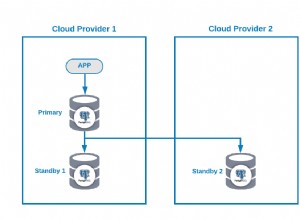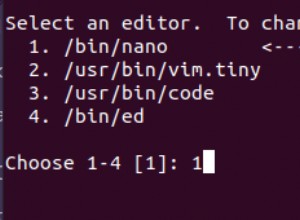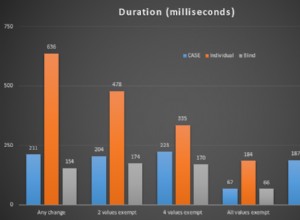Klient Oracle nie zastępuje asynchronicznych wersji metod. Używają domyślnego DbCommand implementacje, które wywołują nieasynchroniczne wersje metod.
Na przykład implementacja ExecuteNonQueryAsync jest:
// System.Data.Common.DbCommand
public virtual Task<int> ExecuteNonQueryAsync(CancellationToken cancellationToken)
{
if (cancellationToken.IsCancellationRequested)
{
return ADP.CreatedTaskWithCancellation<int>();
}
CancellationTokenRegistration cancellationTokenRegistration = default(CancellationTokenRegistration);
if (cancellationToken.CanBeCanceled)
{
cancellationTokenRegistration = cancellationToken.Register(new Action(this.CancelIgnoreFailure));
}
Task<int> result;
try
{
result = Task.FromResult<int>(this.ExecuteNonQuery());
}
catch (Exception ex)
{
cancellationTokenRegistration.Dispose();
result = ADP.CreatedTaskWithException<int>(ex);
}
return result;
}
Jak widać, po prostu wywołuje ExecuteNonQuery pod maską (przeciążenie bez parametrów ExecuteNonQueryAsync wywołuje tę wersję metody).




